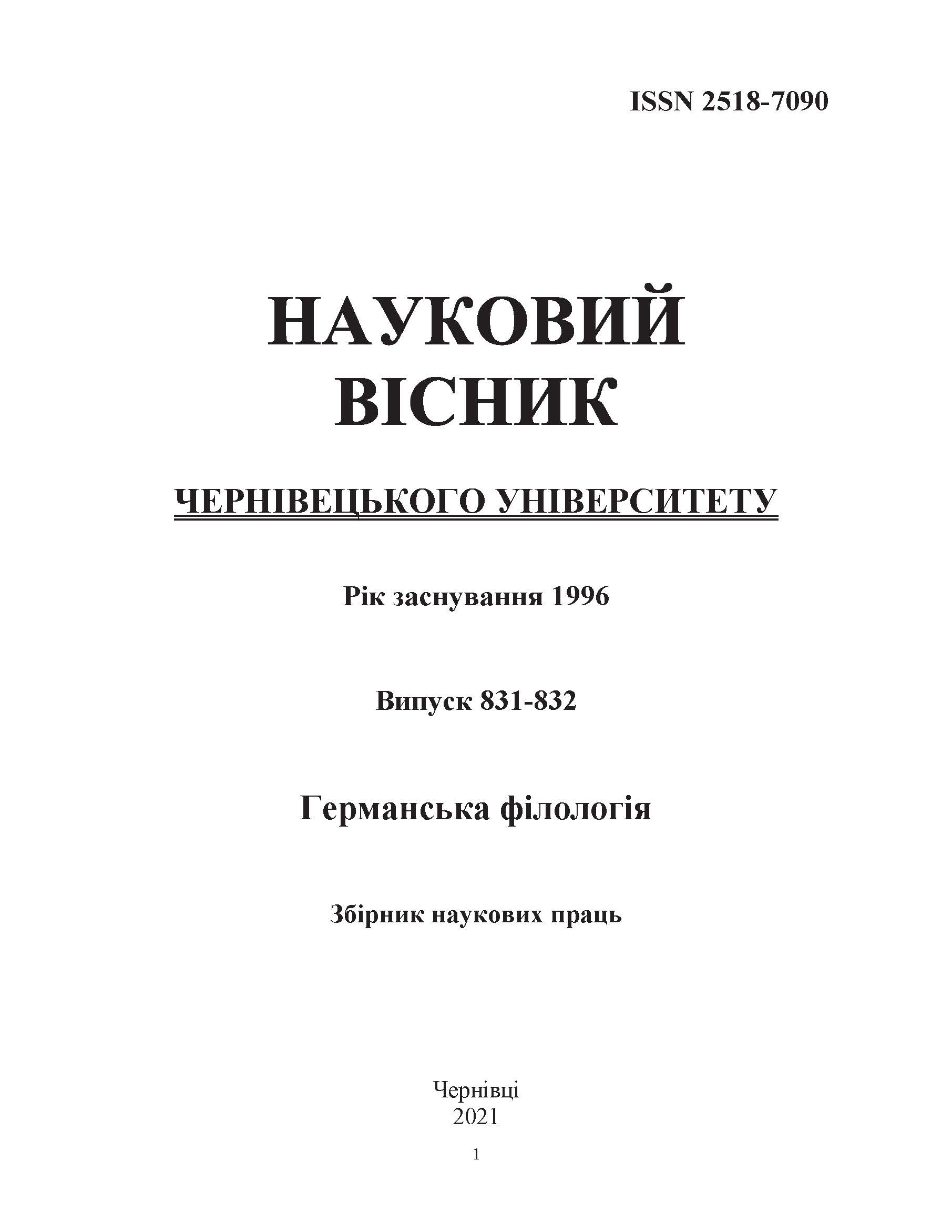PHONOSEMANTIC PHENOMENA AS LINGUISTIC REALITIES
DOI:
https://doi.org/10.31861/gph2021.831-832.166-174Keywords:
linguistic sign, meaning, lexem, sound, sound symbolism, phonem, phonosemanticsAbstract
Phonetic semantics is a phenomenon of natural involuntary phonetically motivated connection between phonemes and the non-sound signs of denotation, which underlies the nomination. In other words, the denotation of the nomination in sound imitation is represented by objects, phenomena, processes, which are characterized by the ability to form sounds that are subconsciously associated with these objects, phenomena, etc. Following the principles of sound symbolism, the denotation of the nomination is represented by objects, phenomena, processes, which are not characterized by sound production. Phonosemantics needs to take into account two aspects of the fundamental principle of an involuntary/arbitrary linguistic sign. The first involves the general relationship of phenomena and objects of reality. In the history of science, there are examples of connections that are established between seemingly incompatible phenomena. The second aspect is related to the fact that the recognition of the arbitrariness of a linguistic sign means the independence of the relationship between the signified and the signifying, which contradicts the system-wide principle of hierarchy, according to which each element of the higher system can be considered as an independent lower system. The sound complex with its meaning has a constantly changing dynamic nature. The processes that take place in language cause constant changes, and this can not but affect the connection between sound and the meaning of the word. The principle of analogy was extremely developed in the early stages of language formation. And, as a consequence of the process of sound changes ceasing, the principle of metaphorical analogy continues performing such functions, obscuring the primary connections between sound and the meaning of the lexeme. Therefore, it seems natural that sound changes are expressed in changes by analogy. Both sound change and the change by analogy involve the creative factor. The study aims to set the level of motivation of the German sound [b]. The sound under study dominates across the continuum of concepts such as water, chatter, movement and fear. Application of such modern research methods as phonosemantic, descriptive and comparative-historical analysis enabled obtaining a palette of semantic associative phonetic meanings of the sound [b]. The analysis of the German vocabulary demonstrated the sound’s semantic charge at the level of both individual lexical units and the text as a whole. There are ongoing studies in the field of both Germanic and other languages.





